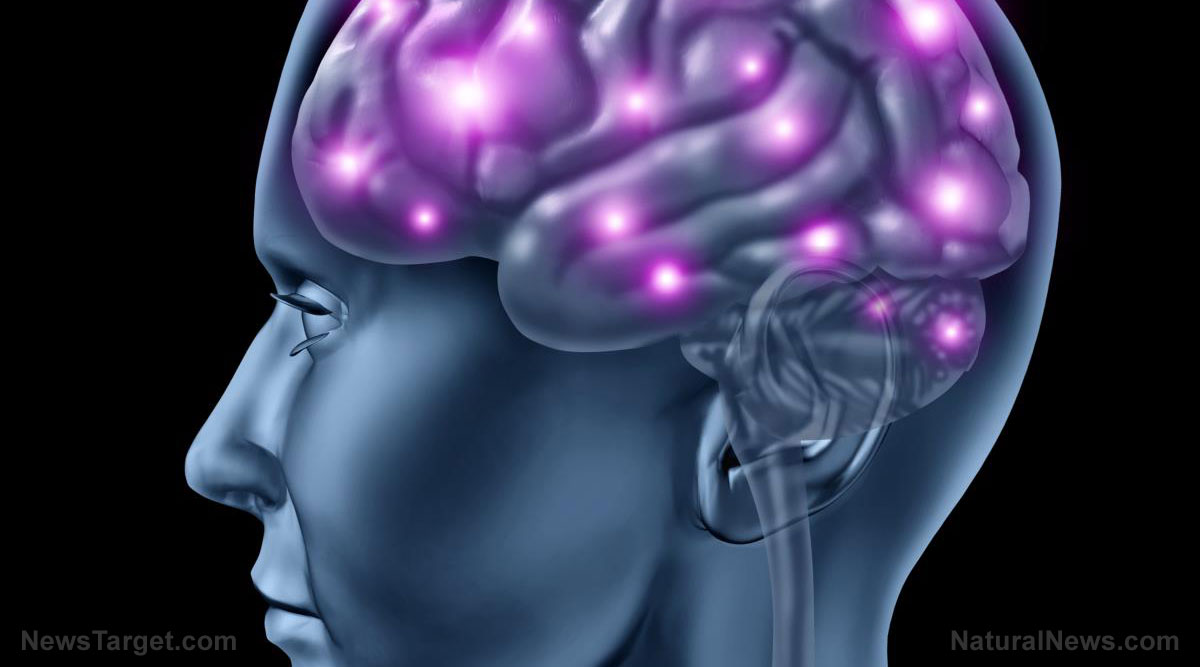Music may trump medication for the mind: Scientists explore the ways music engages different brain regions for healing and therapeutic effects
10/16/2018 / By Ralph Flores

Once limited to auditoriums and concert halls, music is now making its way to operating theaters and hospital wards. In MedStar Georgetown University Hospital, for example, what was once a somber chemotherapy unit is now spruced up with the sound of a violin marching to the beat — followed by dancers flowing to the melody. In intensive care, a deep and sonorous cello belts out an Irish folk tune which cuts through the heavy air.
It just goes to show how music is progressively becoming a part of patient care, and a program from the National Institutes of Health (NIH) intends to understand how music can be used in more ways than just to comfort the sick. Through its Sound Health initiative, the NIH is uniting musicians, music therapists, and neuroscientists to evaluate music’s restorative effects on the patient.
“The brain is able to compensate for other deficits sometimes by using music to communicate,” explained NIH Director Dr. Francis Collins. For that ability to be used as a successful therapy, “it would be a really good thing to know which parts of the brain are still intact to be called into action. To know the circuits well enough to know the backup plan,” he added.
The correlation between music and therapy had already been determined in some earlier studies. A research conducted by the Northwestern University in Illinois concluded that learning to play a musical instrument improved reading for children, as well as train their listening well enough that they can focus even in a noisy environment. Another research, this time from the Harvard Medical School, found that victims who have lost the ability to communicate may get it back through singing the words. The melody, according to the study, can help the brain “hotwire” itself and communicate. Additionally, music intervention was noted to provide positive effects to patients with Parkinson’s disease.
The NIH program builds on these results and will develop “more rigorous science” to better understand how music, whether you’re listening to it or making it, can improve your health in a variety of ways. (Related: Music Shown to Facilitate the Development of Neurons in the Brain.)
One method they’re using is through MRI mapping. In this method, scientists had Renee Fleming, who is also a partner of the Sound Health initiative, perform a song while they evaluate which parts of the brain are active while singing. This was done in three steps: Fleming first spoke the lyrics, then sang them. Afterwards, she imagined singing them.
According to NIH researcher David Jangraw, this method helps researchers understand the brain holistically. Usually, MRIs are done to detect disease and disorders, but the experiment provides a roadmap of what it looks like when it’s in optimum performance. The results were significant: Certain regions showed more activity when Fleming imagined singing than when she actually sang. This included the areas of the brain that govern emotion, as well as motion and vision. Researchers think this is because it takes more effort to make sure a performance goes well when it’s imagined since there isn’t any external support such as music.
While this data illustrates how neurons in the brain communicate when they are at their peak performance, other researchers are testing whether music and movement can improve neural networks for conditions where brain functions degenerate like in Alzheimer’s disease. The upcoming study from Wake Forest University will determine if these two factors will translate to an improvement of quality-of-life symptoms and how they affect brain activity related to movement and social function.
This comes at a period where older adults are exposed to arts programs in their community centers. According to Wake Forest lead researcher Christina Hugenschmidt, “Having a deeper understanding of how these things are affecting our biology can help us understand how to leverage resources already in our community.”
Sources include:
Tagged Under: Alzheimer's, biomedical science, brain function, breakthrough, discoveries, healing, mental health, MRI, music, music therapy, NHI, Sound Health initiative, therapies



















